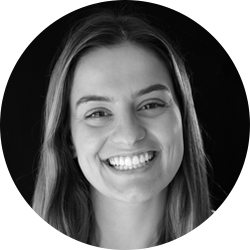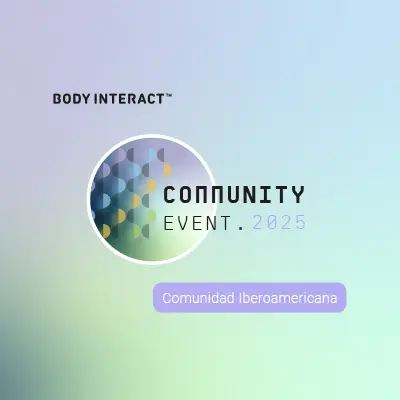
Presentation by Prof. Eliana Escudero
The Dean of the Faculty of Health and Dentistry of the Diego Portales University, and also President of the Society of Clinical Simulation and Patient Safety in Chile, Prof. Eliana Escudero, was the third speaker at our Global Network Event 2022. She shared with the audience how Remote simulation was integrated into her University Healthcare Professions curriculum.
Before the pandemic, the university didn’t have any Sim Center and when Prof. Eliana came, three months before the pandemic, it was a great challenge and privilege for her to start this project since she has been in simulation for many years.
Why use simulation?
When Diego Portales University start using Body Interact, Prof. Eliana was on the board of the Society for Simulation in Healthcare (SSH) and working with the International Nursing Association of Clinical and Simulation Learning (INACSL).
It was the first time a Virtual Patient Simulator was used in the University and language has always been identified as a big barrier for all Latin American students and educators. Nevertheless, Body Interact multi-language access became a benefit for all their community and one of the main reasons why they selected it.
In the early stages of the pandemic, SSH and INASCLS launched a statement declaring that “virtual simulation is possible to use and replace the clinical practice”.
Worldwide, countries had canceled their activities, so it was necessary to introduce a new methodology to continue preparing the students for their future careers.
How can institutions use Distance Simulation?
According to the Healthcare Simulation Dictionary developed by the Agency of Healthcare Research and Quality, “Distance simulation” could be applied in different contexts and modalities. And for the Dean of the Faculty of Health and Dentistry of the Diego Portales University, Body Interact was considered a remote learning tool.
Pre-requirements
- It is important to discuss how the software should be applied and how it will require adjustments in the curriculum
- The educational model needs to be student-centered
- It is recommended an integrated and interdisciplinary approach
- Review the evidence
- Consult international experts
After selecting the Virtual Patient Simulator
- Develop a committee with a plan
- Train the teachers on the simulation platform/software
- Select a range of Body Interact cases to use on synchronous and asynchronous modality
- Create tools and documents to support classes and help students
- Define the non-technical outcomes (interview, decision-making, teamwork, and assessment)
- Debrief with the camera on
- Measure results and performance to understand how was the experience and how were the results
For Prof. Eliana, the main goal of the presentation was to discuss the concept of Virtual Simulation and the competencies that can be acquired through this methodology.
Review the knowledge and experiences shared in the video below:
Review the conference in full in our article: Global Network Event 2022 By Body Interact
by Rita Flores – Body Interact Mkt and Communication Coordinator








